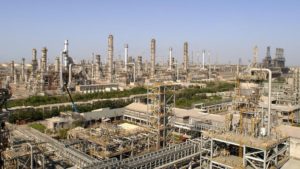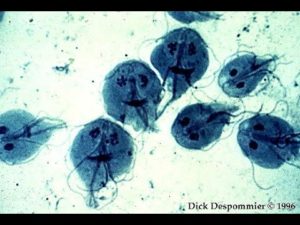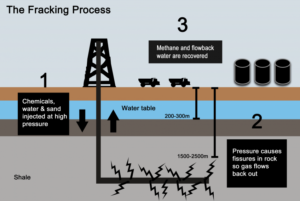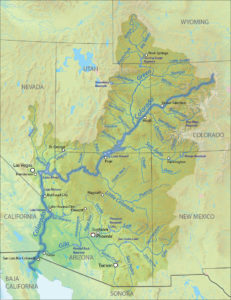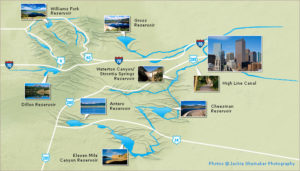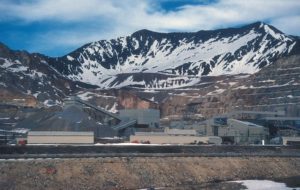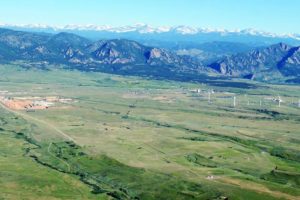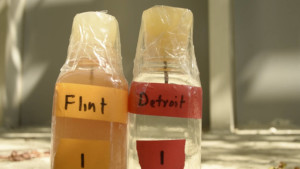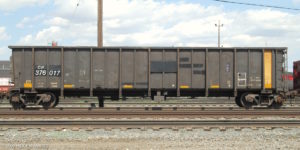
Idle Coal Car
Recently I have done a couple of road trips where I paralleled abandoned or seldom used railroads. On one trip I came down the Arkansas from Salida to Pueblo, years ago the main line of the Denver and Rio Grande Railroad. The other route was from Alamosa to Walsenburg, the route of the Rio Grande to the San Luis Valley and on to Gunnison over Marshall Pass.
On both trips the lower portion of the railroad grade had literally miles of parked gondolas, or coal cars. The gondolas on the Arkansas were the old-fashioned steel cars. Those cars are replaced by mostly aluminum cars which are significantly lighter. The railroads make more money hauling coal instead of heavy steel cars. Dropping down to Walsenburg were miles of the more modern aluminum cars holding air rather than coal.
The railroads have lost a huge amount of coal hauling business. All over the country, coal mines are shutting down, the coal replaced by cheaper natural gas. Not all the coal trains are gone, I saw one yesterday on its way south through Denver.

Colorado Springs Power Plant With Idle Coal Cars
Colorado Springs has a socialist Utilities Department, generating power and delivering natural gas along with the traditional water and wastewater systems. The big power plant south of the city used to burn so much coal the city bought its own coal train. All those cars are idle, sitting at the power plant. Now, it is natural gas powering the generators.
Colorado has a colorful coal mining history. The Colorado Fuel and Iron steel mill in Pueblo got its coal from mines just west of Trinidad. That region had lots of mines accompanied by lots of labor trouble around the turn of the twentieth century. There were mines in Colorado Springs, west of Denver, a big industry around Louisville and Lafayette. The mines at Somerset, just north of Paonia are in the process of shutting down. Craig and Hayden are in trouble, and the mines in the Grand Junction region are long gone.
“Clean Coal”, a big lie if there ever was one, is on its way out. Peabody Energy is bankrupt, along with many other mine operators. We will have coal’s legacy for a long time. Climate change, fouled rivers and air, areas mutilated by strip mining, and huge piles of mine waste are our children’s inheritance.
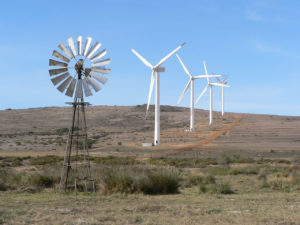 Alternative energy, including solar power and wind generation are part of the equation, but cheap and more clean burning natural gas is the main reason for the change. Gas is cleaner than coal, but it still puts huge amounts of carbon into the atmosphere. It is just another fossil fuel. The fossil fuels sequestered huge amounts of carbon that otherwise would contribute to global warming. Now we are burning all that carbon and heating up the planet.
Alternative energy, including solar power and wind generation are part of the equation, but cheap and more clean burning natural gas is the main reason for the change. Gas is cleaner than coal, but it still puts huge amounts of carbon into the atmosphere. It is just another fossil fuel. The fossil fuels sequestered huge amounts of carbon that otherwise would contribute to global warming. Now we are burning all that carbon and heating up the planet.
Gas is better, but still bad. All that cheap cleaner burning gas may even slow the transition to renewable energy sources. On balance, however, we are better off with gas than coal.
Where is all that cheap gas coming from? There has been a major technological advance in the oil and gas industry. The advance is horizontal drilling. In past years, one hole went into the ground and the oil and gas was extracted froze around that single hole. The amount recovered was highly dependent on the porosity of the rock formation holding the oil and gas.
Hydraulic fracturing (fracking), developed in the 1950’s expanded the amount removed from less porous strata, but not on a huge scale. To get more out of any field with tight rock required lots of expensive drill holes.
The big change was the development of horizontal drilling. The process took years of development, but now slant drilling is cost effective and allows hydraulic fracturing over a much wider area compared to down hole drilling. Fracking the slanted holes allows gas and oil to be extracted from oil and gas bearing shales formerly not economically feasible.
There is much opposition to fracking because the technology allows drilling in new areas where the population is not used to a dirty industry in their back yards. Traditionally, the industry did not pay much attention to leaking wells. There was little regulation, and all that stuff went into the atmosphere. The oil fields in the Four Corners region are the source of the highest atmospheric methane readings in the country.
Leaks are common because it costs money to prevent them, lowering profits. The leaks can be prevented, it just takes more work and money. The big blowout in the Gulf shows that oil companies tend to cheat when the dangerous practices are taking place where no one can see them. On-site regulation can stop the cheating and oil and gas production from horizontal drilling and fracking can continue safely.
The downside is the clear need to eliminate our dependency on fossil fuels. We need to remove carbon from the atmosphere, not increase the amount. Until more alternative sources come on line, natural gas is preferable to coal, and King Coal can be deposed. The current difficulty in making the transition is political, with the extractive industries resisting the change at every step. They are spending money to delay the changes that could be used to make change, not enrich politicians and the advertising industry.

Residential Solar Power
We have solar panels on our house and garage. Out utility bill this month will be less than twenty dollars. Xcel Energy is attempting to eliminate the incentives for home solar power so they can continue to produce power using natural gas. It’s political, folks.
 Lately I waste time by watching car chases on YouTube. They happen all over the country, but the televised ones tend to come from Houston, Detroit, Kansas City, and the champion, Los Angeles. LA seems to have one almost every day, and the news copters are dedicated to following the runners. There are fast cars involved, usually stolen Mercedes, BMW, and the Dodge hot rods, but anything that rolls with a motor qualifies.
Lately I waste time by watching car chases on YouTube. They happen all over the country, but the televised ones tend to come from Houston, Detroit, Kansas City, and the champion, Los Angeles. LA seems to have one almost every day, and the news copters are dedicated to following the runners. There are fast cars involved, usually stolen Mercedes, BMW, and the Dodge hot rods, but anything that rolls with a motor qualifies.
